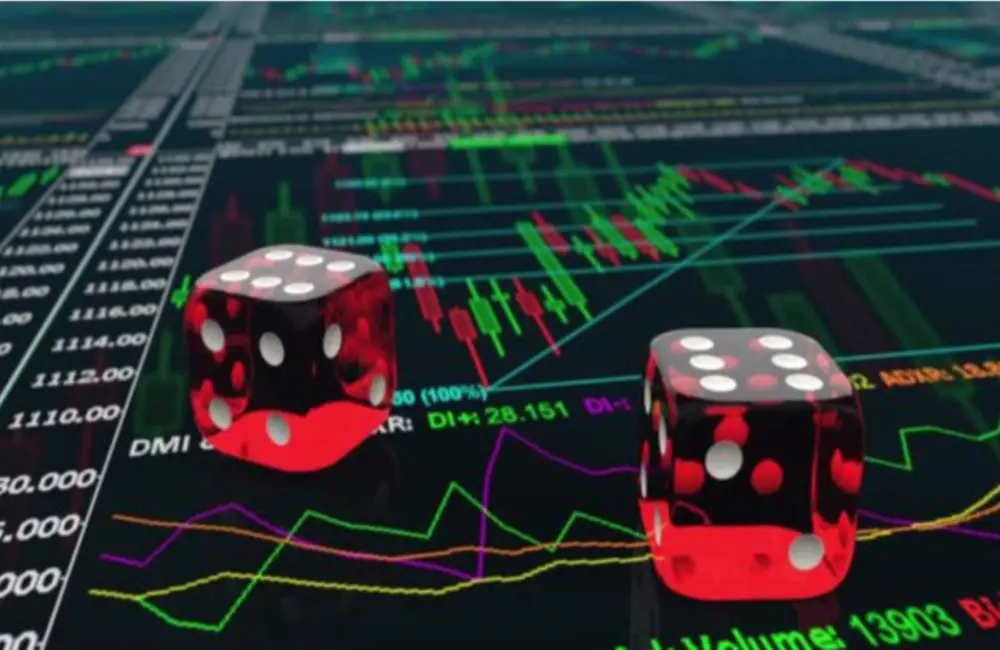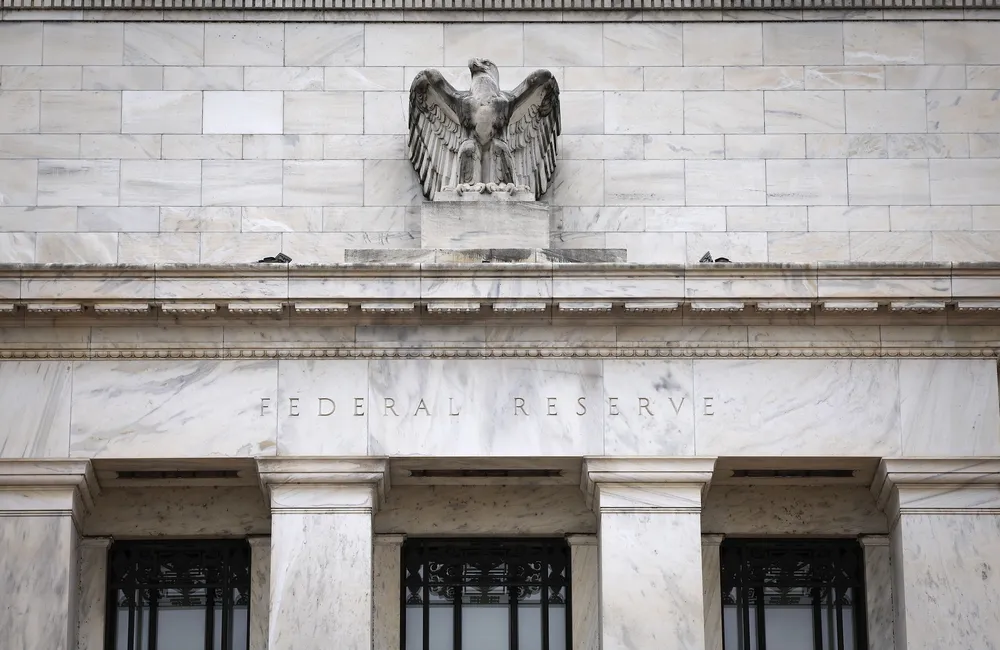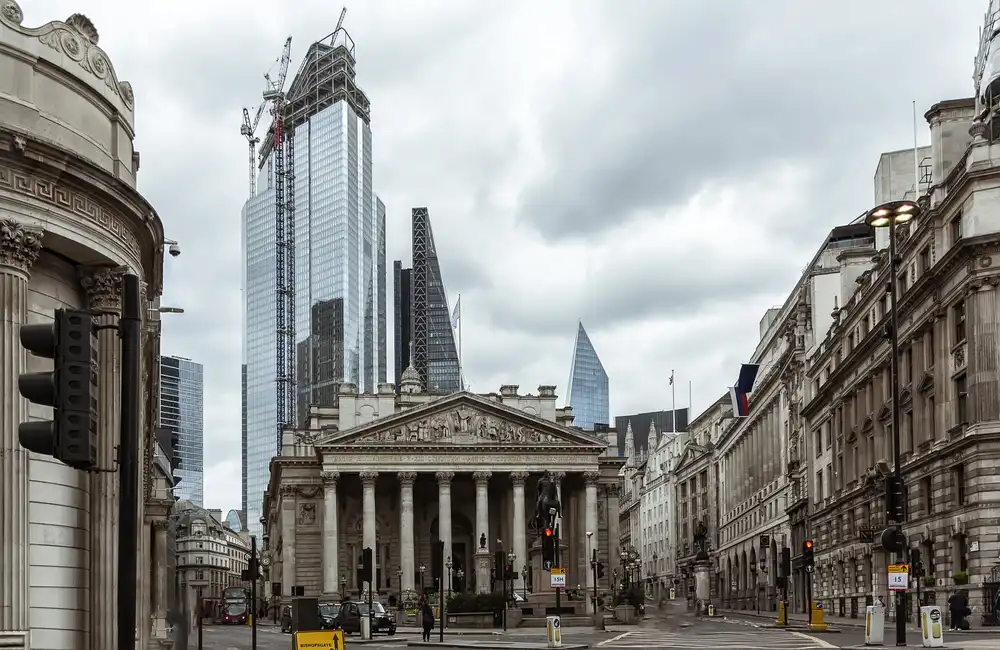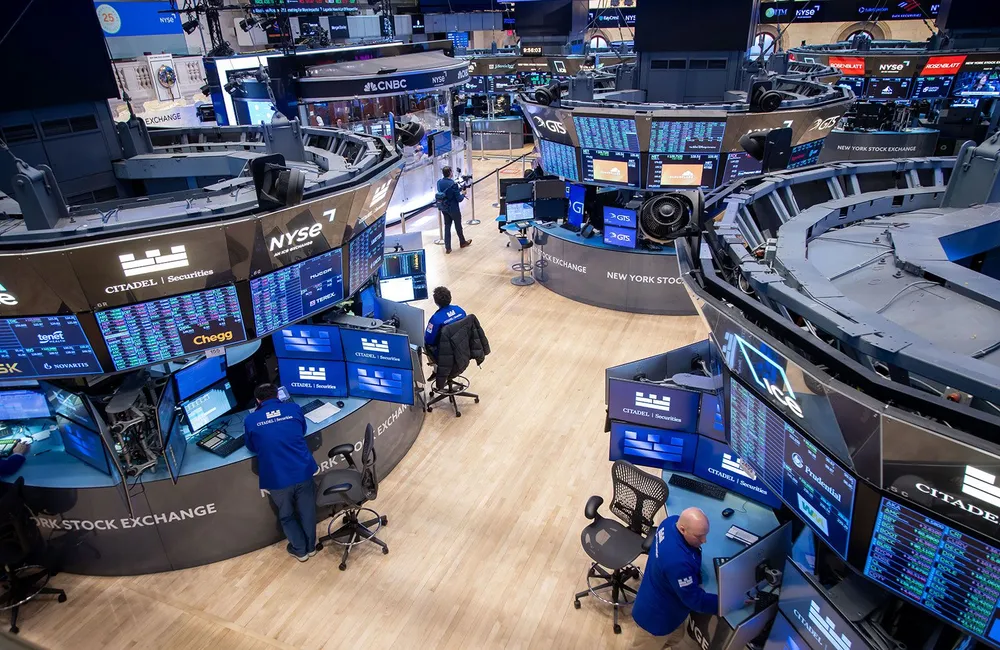The Reserve Bank is due to lift rates again when it meets on Tuesday afternoon.
Australian share market futures were pointing to a dip at the open, with ASX futures down 32 points or 0.4 per cent to 7210 as of last trade on Saturday.
The S&P 500 dropped 1.6 percent, giving up nearly all of its gains from the day before. The Dow Jones Industrial Average dropped 1% and the Nasdaq Composite slid 2.5%. The three indexes lost over 0.9% for the week.
US employers added 390,000 jobs in May, the slowest pace of growth since April of last year, but still topping what economists had expected. Federal Reserve officials are paying close attention to the state of the labour market as they weigh how much and how quickly to increase interest rates in the months ahead.
Closer to home, the S&P/ASX 200 finished 0.9% better at 7238.8, capping off a tumultuous week with gains in commodity and tech stocks.
For the week, the ASX 200 was up 0.8% after a jockeying between daily gains and falls. It nevertheless has bounced back from four weekly losses with three straight weekly gains.
Iron ore, gold and lithium miners, along with BHP, Rio Tinto and Fortescue, gained between 2.5% to 4.1% on Friday.
The energy sector added 1.0%, buoyed by higher oil prices.
Tech stocks extended the gains of their US peers, with Appen, Altium, Block and WiseTech adding between 3.2% and 5.1%.
The financial, telecommunications and consumer discretionary sectors all closed unchanged.
In commodity markets, Brent crude oil climbed 1.5% to US$121.49 a barrel, recovering upward momentum after losing ground briefly after OPEC announced last week it would be raising production quotas. Iron ore surged 5.2% to US$143.65. Gold rose 0.2% at US$1853.50.
Local bond markets crept higher on Friday and the yield on Australian 2 Year government bonds eased to 2.57% and the 10 Year to 3.48%. Abroad, the yield on 2 year US Treasury notes was up at 2.65% and the 10 year US Treasury notes yield was up to 2.93%.
As of Saturday's last CBA trade, the Australian dollar sat at 72.05 US cents from Friday's 72.62 US cents. The Wall Street Journal Dollar Index, which measures the US dollar against 16 others, rose to 94.92.
Asia
Chinese mainland and Hong Kong share markets were shut Friday for a public holiday.
Japanese shares closed higher, buoyed by retail and tech stocks, as hopes rose that retailers' earnings would rebound and jitters over borrowing costs for such companies eased. Fast Retailing rose 5.9% after Uniqlo sales in Japan jumped 17.5% on year in May. Ryohin Keikaku gained 3.9% after sales at MUJI in Japan increased 12% on year in May. The Nikkei Stock Average gained 1.3% to 27761.57.
Europe
European stocks closed down, with the pan-European Stoxx Europe 600 index down 0.3 percent at the end of the day, after data showed the United States added more jobs in May than expected, indicating that large U.S. interest-rate increases are likely to continue.
US employers added 390,000 jobs in the last month, more than the 328,000 expected in a Wall Street Journal survey.
“There is nothing here to dissuade the Federal Reserve from their roadmap of 50-basis-point hikes at the June and July FOMC meetings,” ING economists write in a research note.
Rheinmetall is the biggest gainer, up 5.3%, after Warburg analysts wrote in a note that a revamp of the German army should boost the group's revenues. Germany’s DAX index and France’s CAC 40 each fell 0.2 percent.
North America
US stocks fell Friday and posted weekly losses after the latest employment reports showed the US labour market added jobs at a strong but slower pace in May.
The S&P 500 fell 1.6 percent, relinquishing nearly all of its gains from a day earlier. The Dow Jones Industrial Average dropped 1% and the Nasdaq Composite slid 2.5%. All three indexes fell more than 0.9% on the week.
Federal Reserve officials are watching the health of the economy’s labour market as they consider how much and how fast to raise interest rates heading into next year.
One worry for officials is that a tight labour market will exacerbate still-high inflation as competition for workers strengthens their wage-bargaining position. Fed Vice Chairwoman Lael Brainard said Thursday that she favored an increase of half a percentage point in interest rates at a meeting later this month and another in July.
Employers added 390,000 jobs last month, the slowest pace of growth since April of last year, and the unemployment rate was stuck at 3.6%. Wages climbed 5.2% on the year, compared with 5.5% in April.
Economists polled by The Wall Street Journal had forecast a growth of 328,000 jobs last month. And they anticipated that the unemployment rate edged down to 3.5 percent, which would have tied a 53-year low and its level in February 2020 before the Covid-19 pandemic became widespread in the US.
The monthly jobs report used to be the key input to Fed rate-changing decisions, but months of strong employment gains has diminished its importance. Now inflation data is at the center of the universe, traders and fund managers say. The Labor Department will release May data on US inflation next Friday.
For the time being, stocks seem to be in a sort of holding pattern. The Dow industrials rose 6.2% in the week ending May 27, snapping an eight-week streak of declines. The blue-chip index swung around this week and closed down 0.9 percent over the week, its mildest weekly move in either direction in about a month. The index has fallen 9.5 percent this year.
Michael Antonelli, managing director and market strategist at Baird, said that he found a bright spot in stocks this week. Shares of the company still ended the day up, after Microsoft lowered its sales and revenue guidance on Thursday.
“That told us something,” Mr. Antonelli said. “It meant possibly the most dire predictions have been priced in.”
“This summer is just going to be a grind,” he said.
Markets have faced increased volatility in recent months as investors have attempted to gauge a combination of factors that have clouded their outlook and raised fears of a recession.
Some of that choppiness has subsided in the past two weeks, however.
Since then he has noticed an uptick in the number of buy orders executed by his clients in the past week or so, a trend he thinks is directly contributing to fewer large moves in the stock market.
The Cboe Volatility Index, Wall Street’s fear gauge, is trading in the mid-20s again and the VVIX, a measure of just how volatile the VIX itself is, is trading around its lowest level in two years. The VVIX index derives from options prices on the volatility index.
“The fact that the swings have been less bad has given a lot of people the comfort that maybe they can get money back to work,” said Mr. Wiggs.
Even after the recent stock-market swoon, some investors say stocks look overvalued on a historical basis.
The S&P 500 index recently changed hands at 20 times its earnings over the previous 12 months, according to FactSet, down from the 23.5 multiple it finished last year at and above its 10-year average of 18.7.
A tightening of financial conditions by the Fed could cool inflation, but also threatens to put a damper on growth and hit the housing market. Russia’s war on Ukraine and China’s zero-Covid policy have contributed to supply-chain disruptions that have also fueled inflation.
Tesla Chief Executive Elon Musk said in a memo Friday that the electric-vehicle company intends to cut 10% of its salaried workforce in response to concerns about the global economy. Tesla stock dropped $71.45, or 9.2 percent, to $703.55.
In bond markets, the yield on the benchmark 10-year US Treasury note edged up to 2.955% from 2.914% Thursday. Prices and yields are inversely related.
Oil prices are also still above $100 a barrel, raising the cost of energy and fuel. Futures for Brent crude, the global oil benchmark, climbed 1.8 percent to $119.72 a barrel. Oil-and-gas companies were a notable bright spot on Friday, with energy companies in the S&P 500 rising 1.4 percent, the only sector with gains.
“You now have a super strong US economy but you also have this super high inflation that’s not coming down,” said Frank Øland, global chief strategist at Danske Bank. “Eventually that is going to get consumers to the point where they say OK let’s review our budget and maybe pare back a little bit here and there. When everyone slows down a little, you’re heading toward recession.”





















